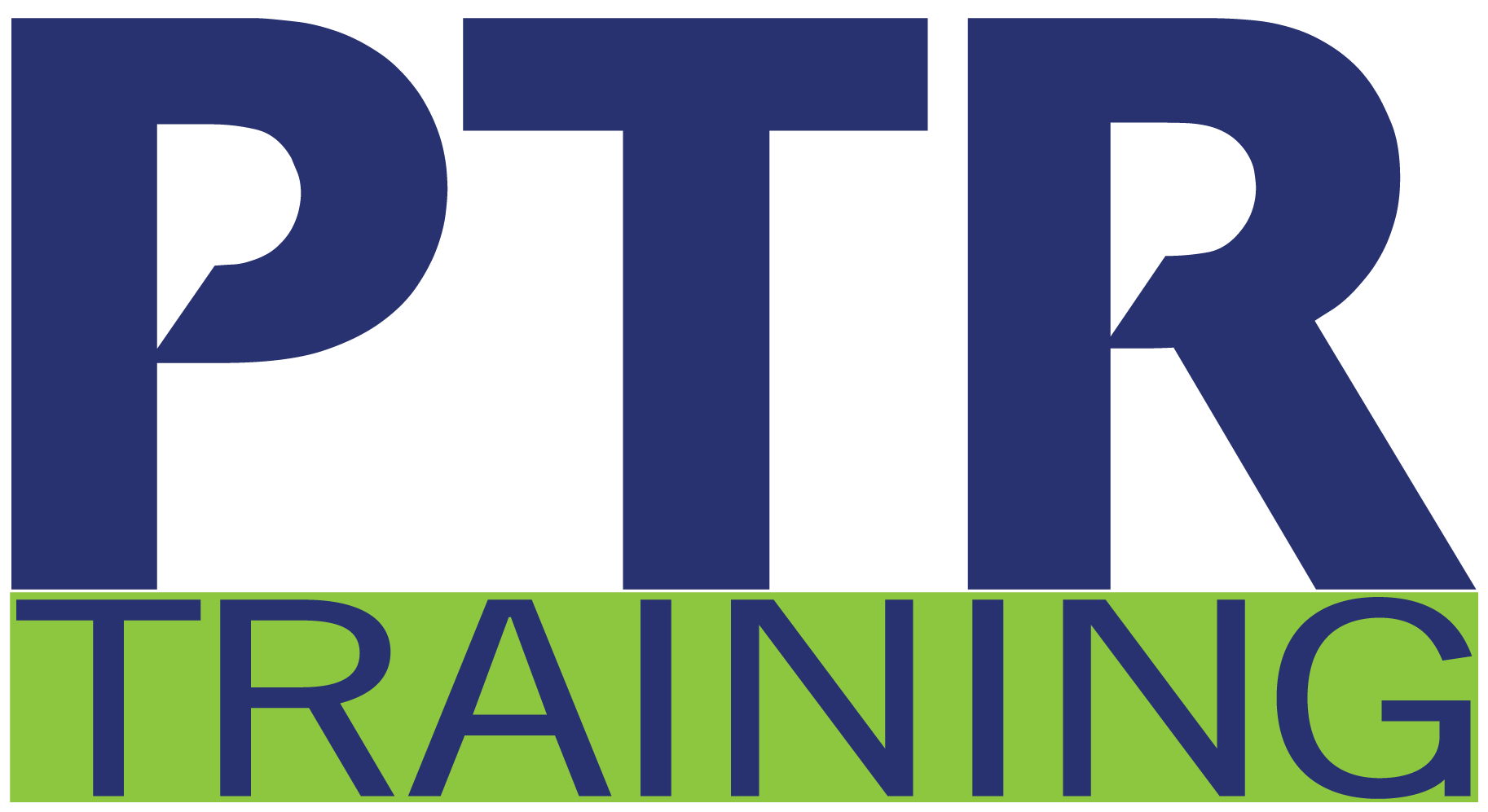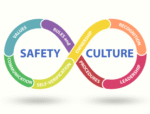
Imagine two team leaders facing a crisis: Alex lashes out at staff for missing a deadline, while Taylor pauses, notices her own stress, and calmly asks what’s going wrong. Taylor’s team feels heard and soon solves the problem; Alex’s team feels demoralized and turnover starts to rise. This contrast shows why emotional intelligence (EQ) – the ability to recognize and manage emotions in yourself and others – is critical for leaders. In fact, Daniel Goleman’s research finds that nearly 90% of the key competencies distinguishing top senior leaders are emotionally based. Yet only about 36% of people worldwide have strong EQ skills, and fewer than 20% of companies are truly “emotionally intelligent” organizations.
No wonder the World Economic Forum lists empathy, self-awareness and active listening among the top 10 skills needed by 2025. The good news is that EQ can be developed. Below are 10 research-backed, practical tips – with examples and statistics – to help you build your own emotional intelligence and create a more resilient, connected team.
What is Emotional Intelligence in Leadership?
Emotional intelligence (EQ) in leadership refers to the ability to recognise, understand, and manage your own emotions while also influencing the emotions of others. It goes beyond technical skills or IQ—focusing on empathy, self-awareness, communication, and relationship management. Leaders with strong EQ foster collaboration, navigate conflicts effectively, and create a positive workplace culture where individuals thrive.
The Importance of Emotional Intelligence in Leadership
Emotional intelligence isn’t a soft skill—it’s a core leadership competency. Leaders with strong EQ often outperform those who rely solely on technical expertise or IQ, or formal leadership and management training courses. Furthermore, EQ accounts for 58% of success across all job roles. High-EQ leaders create workplaces where employees feel heard, valued and supported.
Components of Emotional Intelligence
Before we dive into the practical tips, it’s essential to understand the key components of emotional intelligence as applied to leadership:
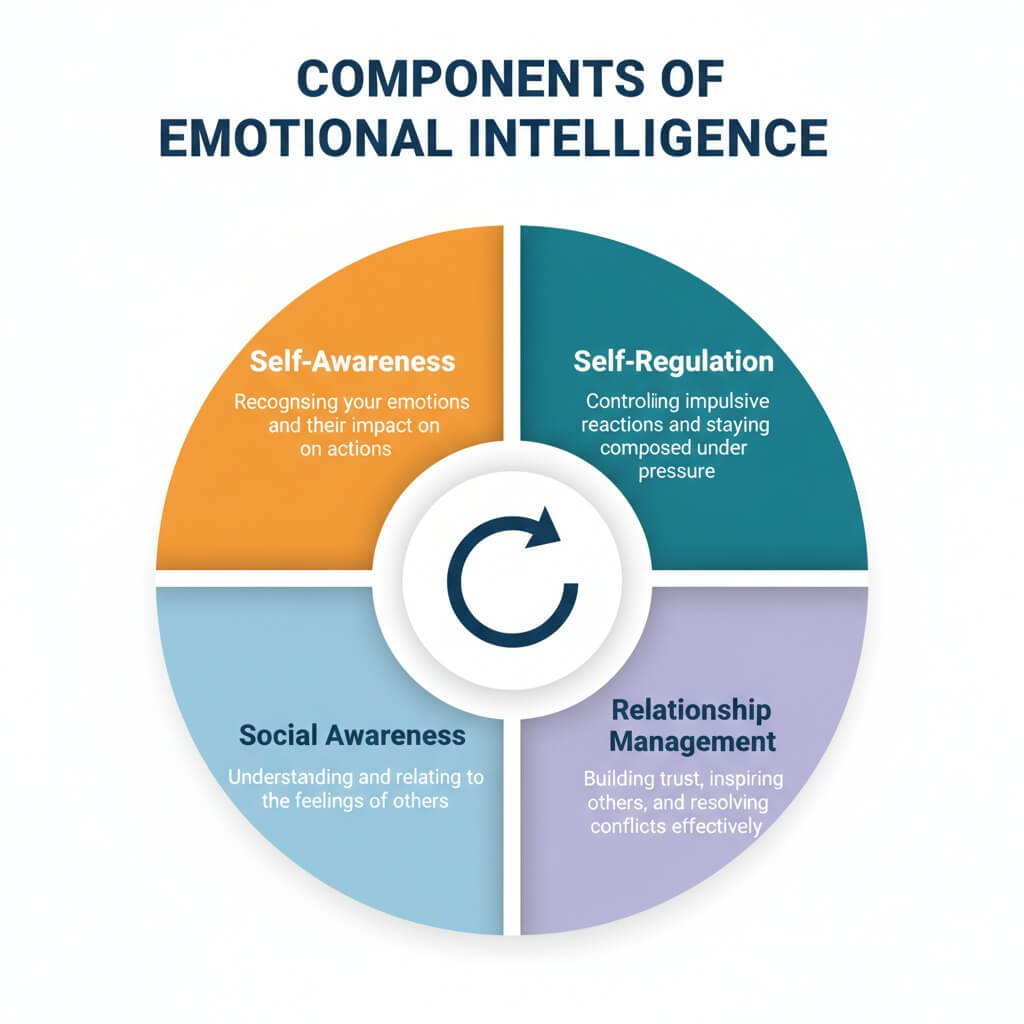
- Self-Awareness – Recognising your emotions and their impact on your actions and decisions.
- Self-Management (or Self-Regulation) – Controlling impulsive reactions and staying composed under pressure.
- Social Awareness (Empathy) – Understanding and relating to the feelings of others.
- Relationship Management – Building trust, inspiring others, and resolving conflicts effectively.
These four core areas—self-awareness, self-management, social awareness, and relationship management—are exactly the qualities future employers will value most.
10 Practical Emotional Intelligence Tips for Leaders
Whether you’re leading a small team or a large organisation, these ten tips provide a roadmap to becoming a more emotionally intelligent leader. Start with one or two today, and you’ll begin to see stronger connections and lasting positive change in your team dynamics.
1. Cultivate Self-Awareness
The first step to emotional intelligence (EQ) is understanding your own emotions, triggers, and biases. Regularly check in with yourself: What am I feeling right now (stress, frustration, excitement)? How might that be affecting my judgment? Leaders who are aware of their emotions can choose how to respond, rather than react impulsively. For example, before a heated meeting, you might notice irritation rising and consciously take a deep breath to stay calm. Knowing your emotional state is often twice as important as your technical skills.
Example: A manager uses journaling or a quick “emotions check” at the start of each day. When frustrated by a setback, she acknowledges it (“I’m feeling impatient right now”) before speaking. This awareness prevents knee-jerk outbursts and keeps the team focused on solutions, not drama.
2. Practice Emotional Self-Regulation
Once you know your emotions, practice controlling them in the moment. Take a pause or mental ‘time-out’ if you feel anger, and use techniques like deep breathing, counting to ten, or stepping away briefly. Maintaining composure when challenges arise inspires confidence in your team. People with high EQ are better at impulse control – and that pays off financially. In fact, one study found that high-EQ individuals earn about $29,000 more per year on average than their low-EQ peers, a gap partly due to stronger stress management and decision-making.
Tip: When stress hits, try a quick grounding exercise (deep breaths or a short walk) before responding. This lets you choose a constructive reaction. For instance, rather than snapping at a late report, you might calmly ask what obstacles arose. Over time, this self-regulation strengthens your leadership: you become known as steady under pressure, which keeps morale high and conflicts low.
3. Develop Empathy and Social Awareness
Empathy – sensing how others feel – is a core EQ skill for leaders. Make a habit of imagining team members’ perspectives. Ask open-ended questions and truly listen to their answers. Research from the World Economic Forum finds that empathy and active listening are already rated as core skills by a majority of employers and will remain so through at least 2025. In practice, empathizing can be as simple as noticing a colleague’s body language or tone and saying, “I can see this has been frustrating – want to talk about it?”
Example: During a one-on-one, you sense a quiet team member looks upset. You pause the agenda and gently inquire how they’re doing. By showing genuine concern (rather than pressing deadlines), you build trust. Later, that employee thanks you for caring about their well-being and feels more engaged.
4. Hone Your Active Listening Skills
Leaders often think they listen, but active listening is a skill that needs development. When someone speaks, give them your full attention (put away distractions) and reflect back what you hear. Phrases like “It sounds like you feel…” or paraphrasing help clarify meaning. This lets employees know you hear them and value their input. Importantly, emotionally intelligent communicators recognize unspoken feelings.
Statistically, this matters: one survey found 57% of managers say their highest-performing employees have strong EQ. In other words, great listeners tend to develop great performers. Active listening also prevents misunderstandings.
Tip: In your next team conversation, summarize each point before responding. For example, “You’re concerned about the X deadline,” instead of immediately proposing a solution. This simple check ensures everyone’s needs are understood. When people feel heard, they collaborate more openly and work more effectively.
5. Build Trusting Relationships
Trust is the foundation of any high-EQ team and the core of accountable leadership. To build it, be transparent with your emotions and admit mistakes (in a composed way). Encourage an environment where people feel safe sharing bad news and failures without punishment. Lead simple team-building activities or check-ins where everyone can express challenges.
Statistically, a positive manager’s influence is huge: employees with high-EQ managers are four times less likely to leave their jobs. By contrast, low-EQ bosses drive away top talent. As a leader, regularly invest in personal rapport. Share a bit of your own journey or challenges so others see you as human, not just a title.
Case: After a project stumbles, one leader owned up to a planning error rather than blaming the team. He then worked with them on a fix. This honesty strengthened trust. Team members now feel confident bringing up problems early, knowing they won’t be unfairly punished.
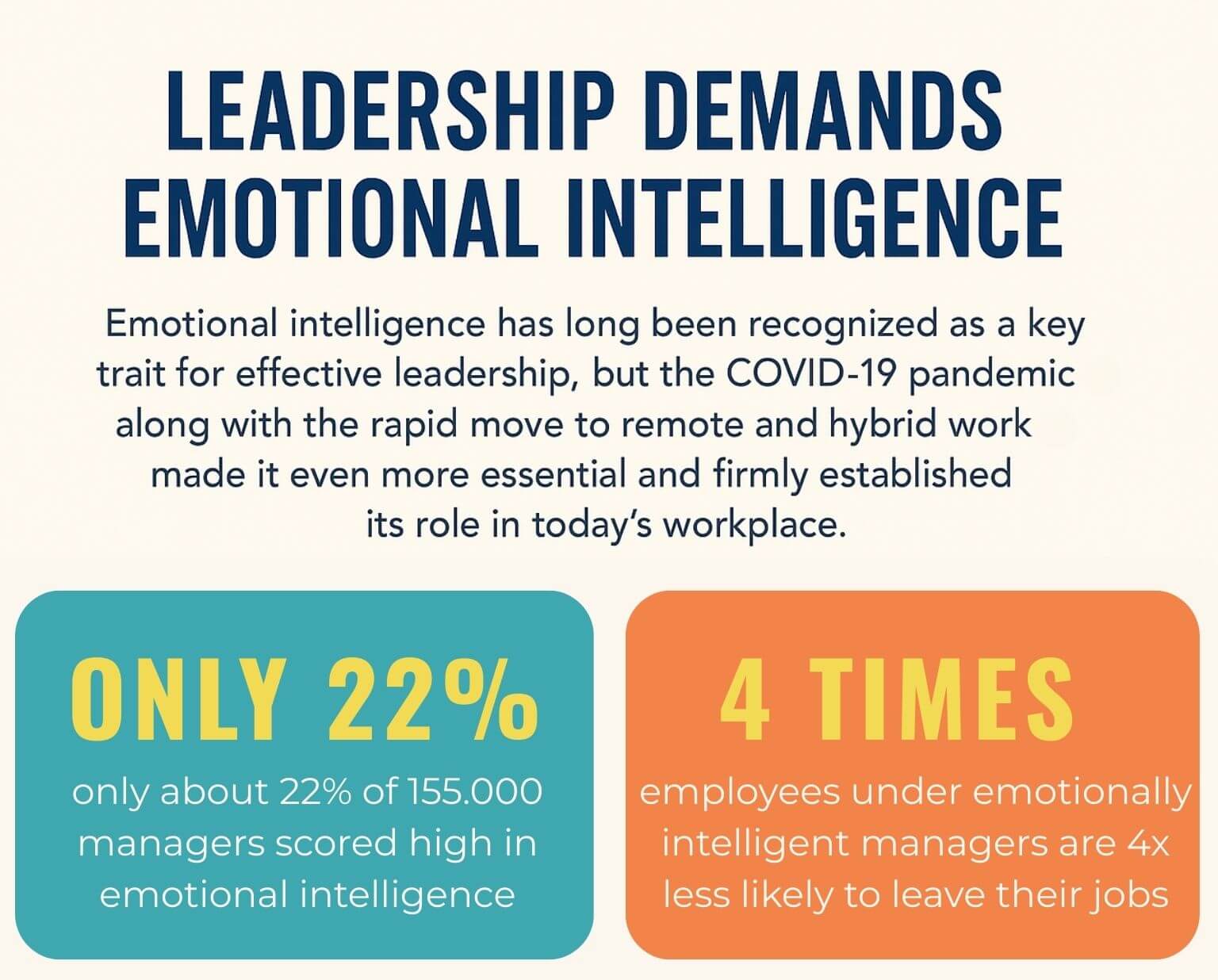
6. Lead by Example: Model High EQ Behavior
Your team takes emotional cues from you. If you panic, they panic; if you stay positive and composed, they are more likely to do the same. Very few leaders naturally excel at this – in one survey only about 22% of 155,000 managers scored high in emotional intelligence. That means you have a chance to stand out by intentionally modeling good EQ.
Always ask yourself: Am I demonstrating the emotional traits I want in my team? Show self-awareness (e.g. say “I’m noticing I’m a bit stressed”) and effective self-regulation in real time. For instance, if you feel overwhelmed, take a calm tone and share how you’re refocusing (“Let’s prioritize our tasks together”). When employees see you handling emotions well, it normalizes those behaviors and demonstrates effective leadership skills. Over time this “walking the walk” culture trickles down – team members become more mindful of their own EQ because you do it every day.
7. Encourage Team Development: Invest in EQ Training
Emotional intelligence isn’t developed overnight. Consider formal training or team exercises that grow EQ skills. In fact, more than 75% of Fortune 500 companies already provide EQ coaching or training to their leaders. You can follow their lead by organizing workshops, bringing in a coach, or using assessments (many are available online) to raise awareness of everyone’s EQ strengths and blind spots.
Action Steps:
- Offer workshops or coaching: Partner with an EQ trainer or use a program (even online tools) to teach your team about self-awareness and empathy.
- Set shared goals: For example, challenge your team to practice one EQ skill (like active listening) each week and discuss what changed.
- Create micro-training moments: Encourage team members to give each other feedback on emotional interactions (e.g. after a stressful meeting, discuss how feelings were handled).
By prioritizing EQ training, you signal that emotional skills are as important as technical ones. This investment pays off in better teamwork and decision-making over time.
8. Give Constructive, Empathetic Feedback
Feedback is a powerful tool – when delivered with emotional intelligence. Aim to frame criticism in terms of growth, not blame. Start with praise, describe what went wrong objectively, and discuss next steps. Always express understanding of any external pressures the person faced. For example, instead of saying “You blew the report deadline,” you might say, “I know you had multiple projects. What got in the way? How can we avoid this next time?”
Leaders skilled in this approach see real results. Constructive feedback delivered empathetically helps employees accept guidance without feeling attacked, leading to better performance reviews and stronger promotion prospects. In other words, employees who handle feedback well and learn from it are the ones who advance. Encourage a culture where feedback is two-way: invite your team to share how your behavior affects them. This mutual respect deepens trust and keeps performance on track.
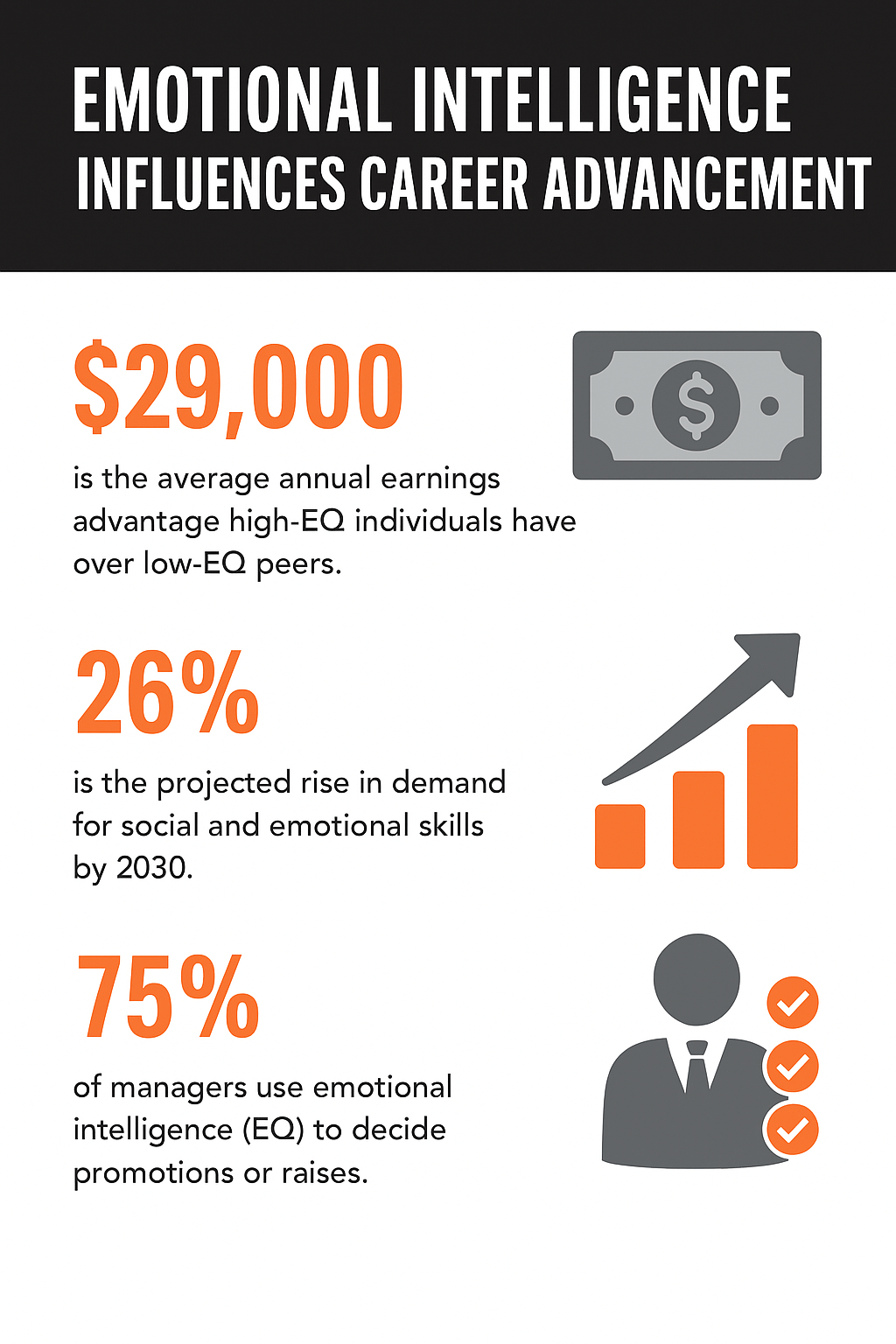
9. Stay Resilient and Adaptable
The workplace is fast-changing, and stress is inevitable. Build your resilience by reframing challenges as learning opportunities. When faced with setbacks, take time to process your emotions, then focus on solutions. Techniques like mindfulness, regular exercise, or even short walks can replenish your emotional stamina. Demonstrate adaptability, as reinforced in an Adaptive Leadership Course, by staying calm and optimistic during change.
This isn’t just feel-good advice – it’s future-proofing. McKinsey predicts that demand for social and emotional skills will rise by about 26% by 2030, as routine tasks get automated. Leaders who cope well under pressure become anchors for their teams. For example, after a disappointing sales quarter, one manager held a “lessons learned” meeting instead of expressing blame. By treating the setback as a collective learning experience, the team quickly bounced back with renewed strategy. Your resilience sets the tone: calm persistence inspires others to navigate change effectively.
10. Foster Continuous Learning and a Supportive Culture
Emotional intelligence isn’t a one-and-done skill – it grows with practice. Encourage your team to keep learning about EQ. Share books, articles or videos on empathy and communication. Institute brief weekly check-ins or “emotional debriefs” a practice also encouraged in creative leadership training, where people can express how they’re feeling about projects or stressors. Measuring progress can help: for instance, run anonymous pulse surveys about team morale and discuss the results together.
Despite its importance, many organizations under-invest in EQ: one report found only ~42% of companies provide training to boost workplace EQ. As a leader, take responsibility for filling that gap. Set measurable EQ goals (like improving team feedback scores) and celebrate wins. For example, a tech team leader once started each sprint retrospective by asking, “How did we feel about our wins and losses this cycle?” Over months, this practice normalized open dialogue. Team members became more emotionally savvy, which translated into smoother collaborations and greater innovation.
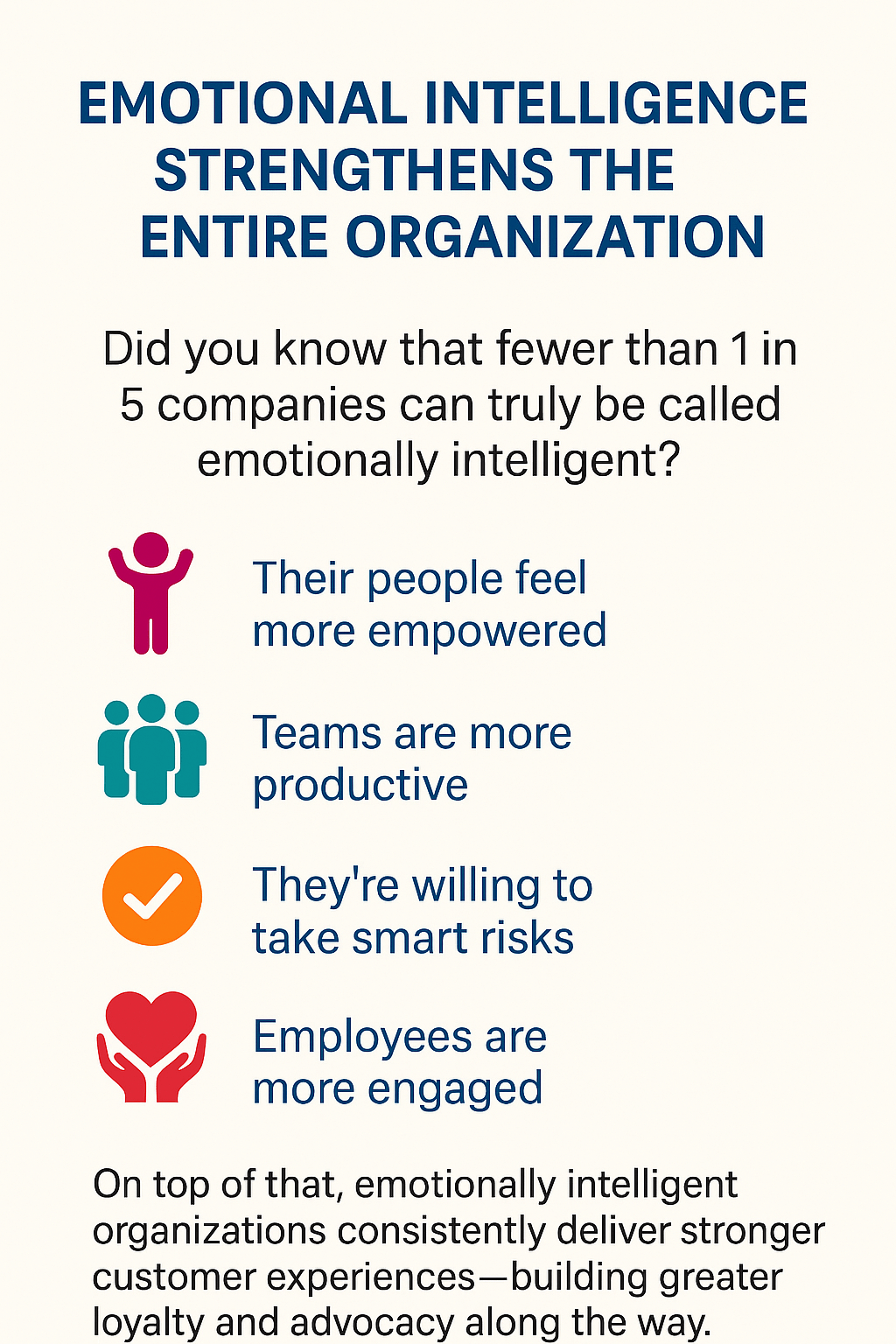
Conclusion
Emotional intelligence is a multiplier for leadership impact. Leaders who know themselves, manage stress, empathize with others and model positivity create teams that communicate better, innovate more, and outlast the competition. In fact, companies that do prioritize EQ outperform peers by wide margins. These 10 tips give you concrete steps – from self-awareness to team training – to boost EQ for you and your organization. Start small: pick one tip to apply this week, and track the difference. Over time, these practices will become habits, and you’ll see measurable improvements in team trust, productivity and well-being.
By sharpening your EQ alongside your professional skills and professional development training courses, you’re not only investing in your own success; you’re also building a stronger, more engaged team. In today’s complex workplace, the most effective leaders aren’t just technically smart – they’re emotionally smart. Take the next step now: commit to one EQ practice, share it with your team, and watch how your collective performance soars.
FAQs
1. How to improve your emotional intelligence?
You can improve emotional intelligence by practicing self-awareness, learning to manage your emotions, showing empathy toward others, and strengthening your communication skills. Regular reflection, active listening, and seeking feedback also help you better understand and respond to people effectively.
2. What are some signs of low emotional intelligence?
Low emotional intelligence often shows up as difficulty managing emotions, frequent misunderstandings, lack of empathy, poor conflict resolution, and challenges in building or maintaining relationships. Leaders with low EQ may also come across as unapproachable or reactive.
3. How to practice emotional intelligence as a leader?
Leaders can practice emotional intelligence by pausing before reacting, reflecting on their emotions, and listening more attentively to others. Seeking feedback and managing stress through mindfulness also help them stay composed and build stronger, more trusting relationships.
4. What are the 5 essential tools for an emotionally intelligent leader?
An emotionally intelligent leader relies on five core tools: self-awareness to recognize their emotions, self-regulation to manage those emotions effectively, empathy to understand others, strong social skills to build healthy relationships, and motivation to inspire both themselves and their team.
5. What happens when a leader lacks emotional intelligence?
When a leader lacks emotional intelligence, it often shows in poor communication, difficulty handling stress, and strained workplace relationships. Team members may feel undervalued, misunderstood, or even fearful of expressing themselves, which can lower morale and engagement. Over time, this can lead to higher turnover, unresolved conflicts, and a culture where productivity and innovation suffer because people don’t feel supported or motivated.
